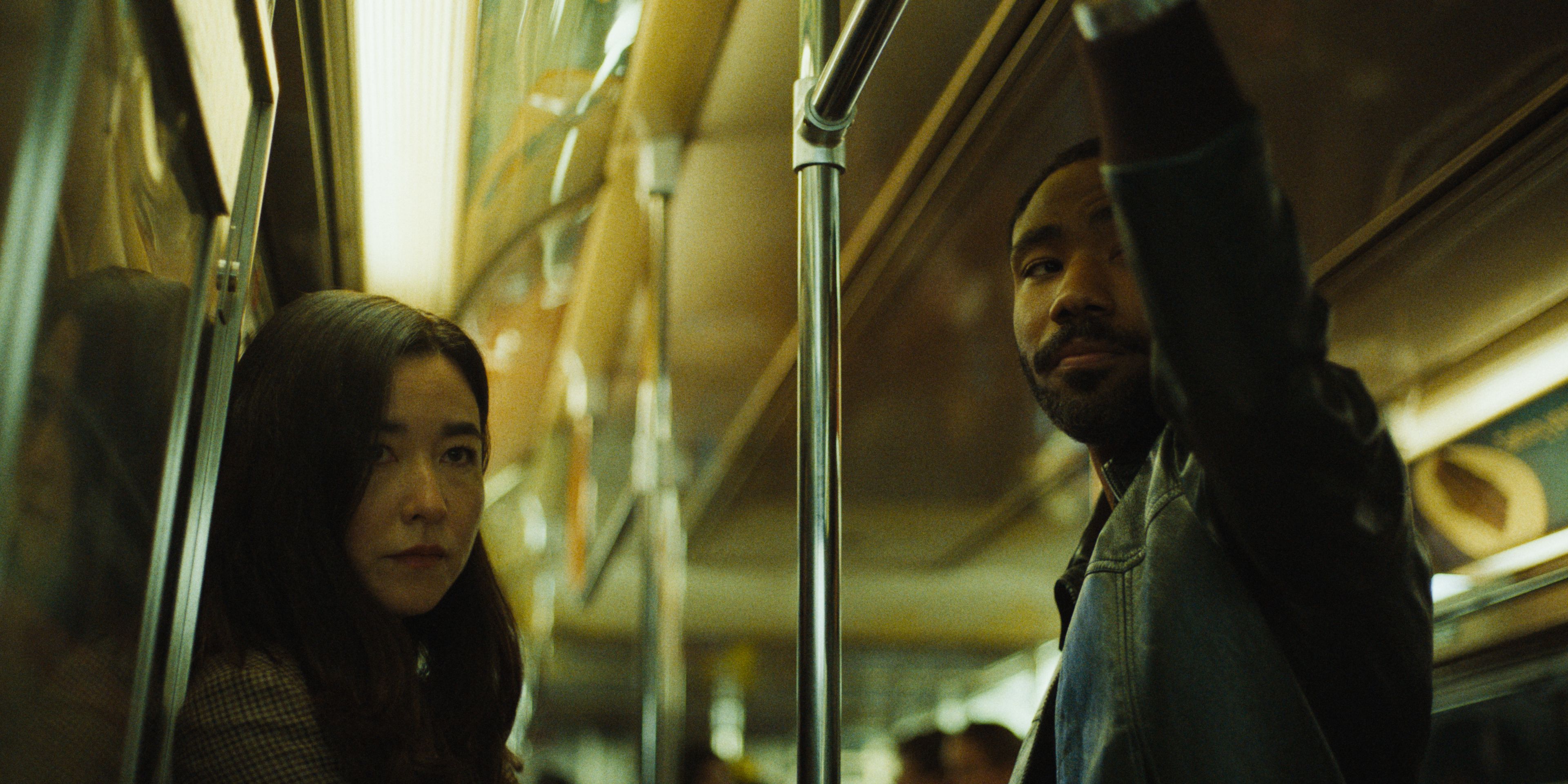BY DAYLIGHT AND CANDLELIGHT: EMBRACING THE DARKNESS OF GREAT EXPECTATIONS

Interview by Alli Albion
Nestled amongst the greenery and industrial trim of Harbor’s UK home at Turnmills Studio in Farringdon, cinematographer Dan Atherton & senior colorist Toby Tomkins have been cozy on the sofa fewer than two seconds before they launch into quick, passionate exchanges about the projects they’re working on: Dan speeds through the challenges and technicalities of his recent projects with curious vigor, while Toby rattles through his frantic schedule of longform engagements next week. He has a project wrapping up, a project starting, and another scheduled for screen tests. "I’m just jumping between worlds” he says. “My head’s in ‘80s New York at the moment.” He turns to Dan to announce his appointment on a big franchise film. “Really? They’re making another one?” Dan groans, setting them off laughing.

Senior Colorist,
Toby Tomkins

Cinematographer,
Dan Atherton
Both were award-nominated recently for their work on the latest iteration of Dickens’ shadowy classic Great Expectations - Dan for an ASC & BSC award and Toby for an HPA award – and the show is something we end up discussing in detail during the morning. Dan is just back from ten days in LA, primarily for the ASC show, and riddled with jetlag. As he recounts the experience from the night and his time travelling up Pacific Coast Highway, Toby joins in and they trade stories of West Coast adventures, dispensaries, galleries, before eventually the conversation spirals to printing on film and becomes increasingly technical.
As I watch them chat away, it’s clear how comfortable they are in each other’s company. It’s been around 15 minutes, I’ve barely said a word, and we haven’t even made it to the room booked for our chat. So, I interject, and we wind our way upstairs through the bustling halls.
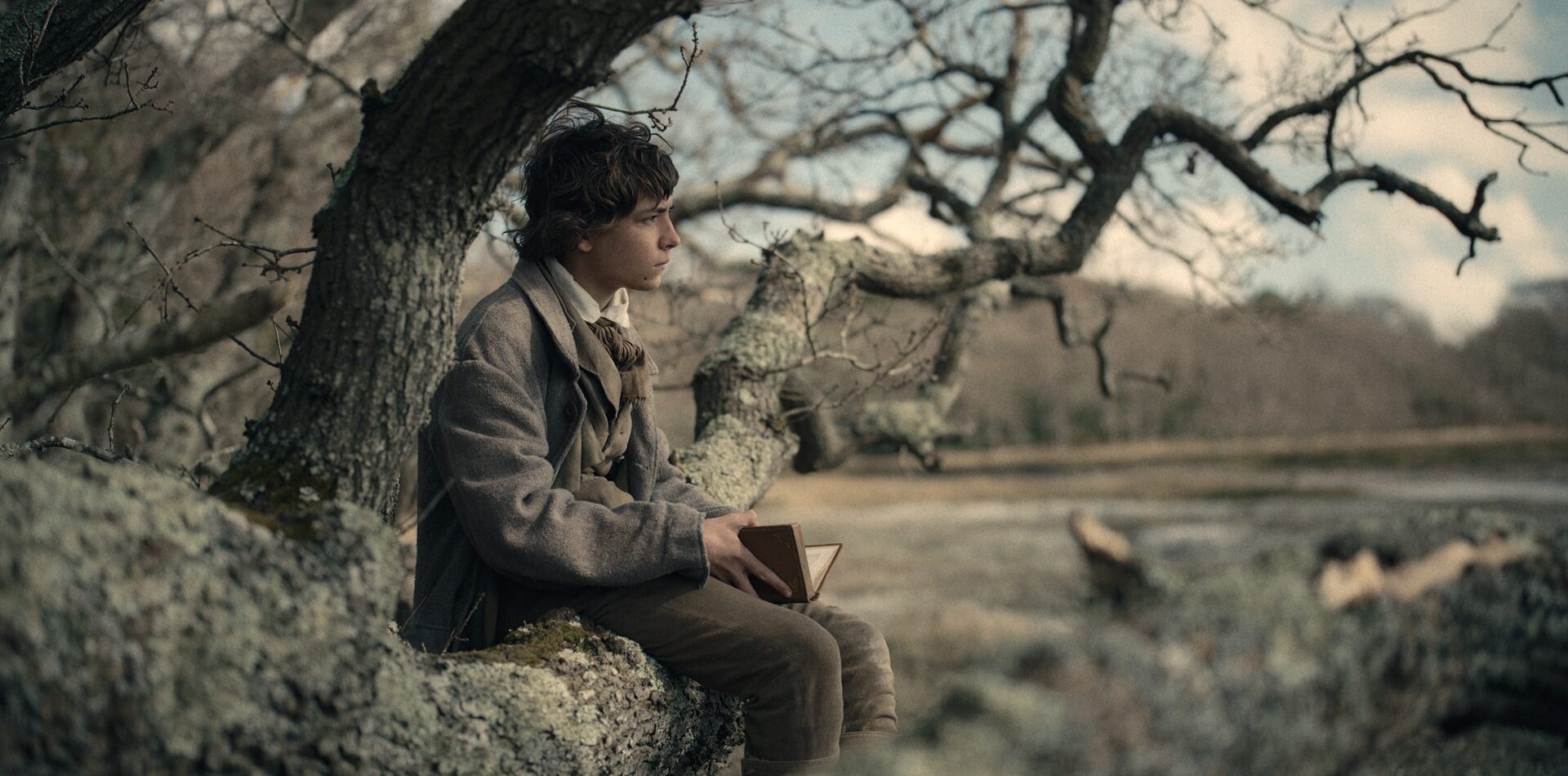
Time & Place in Highlights & Shadows

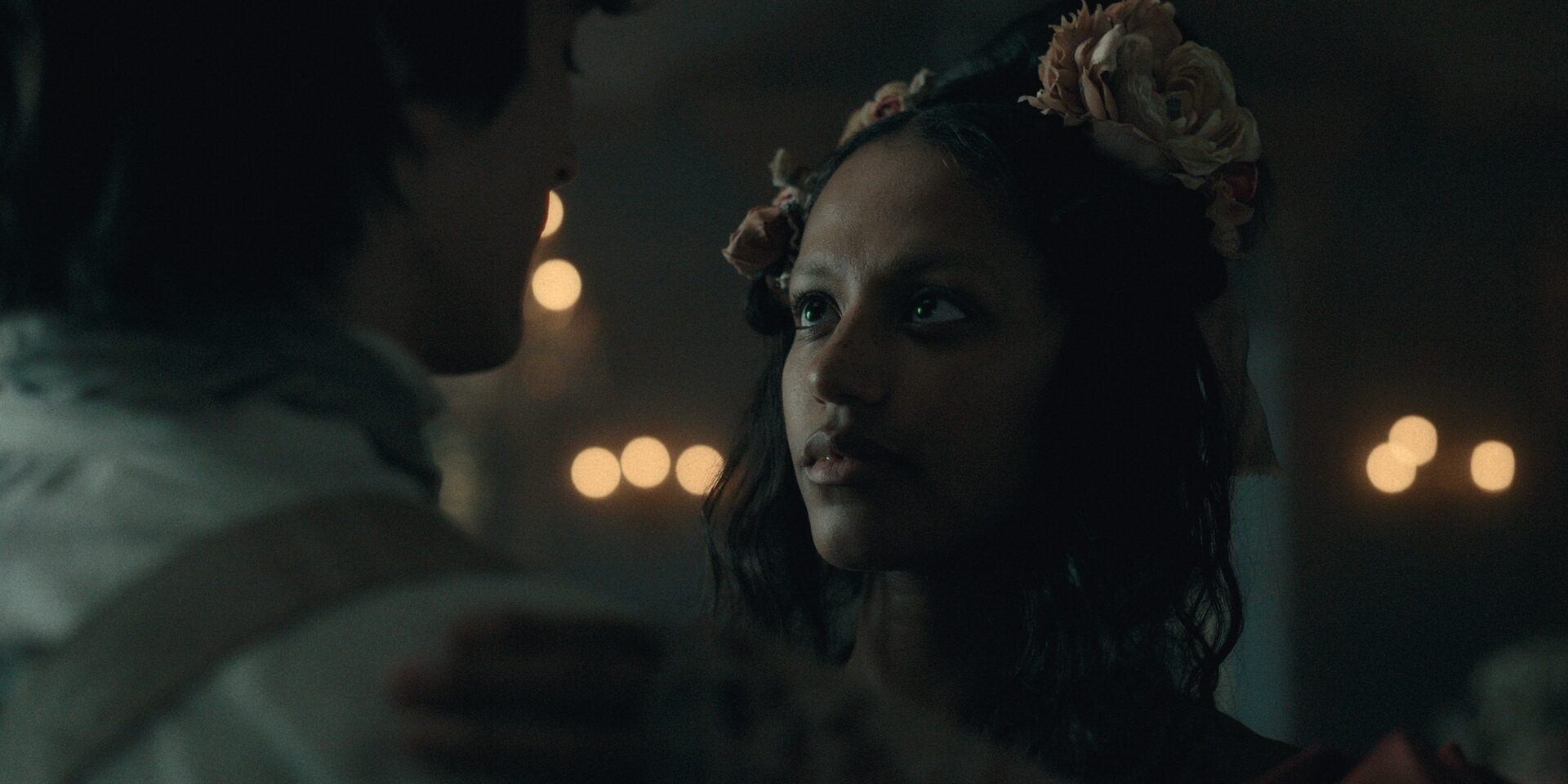
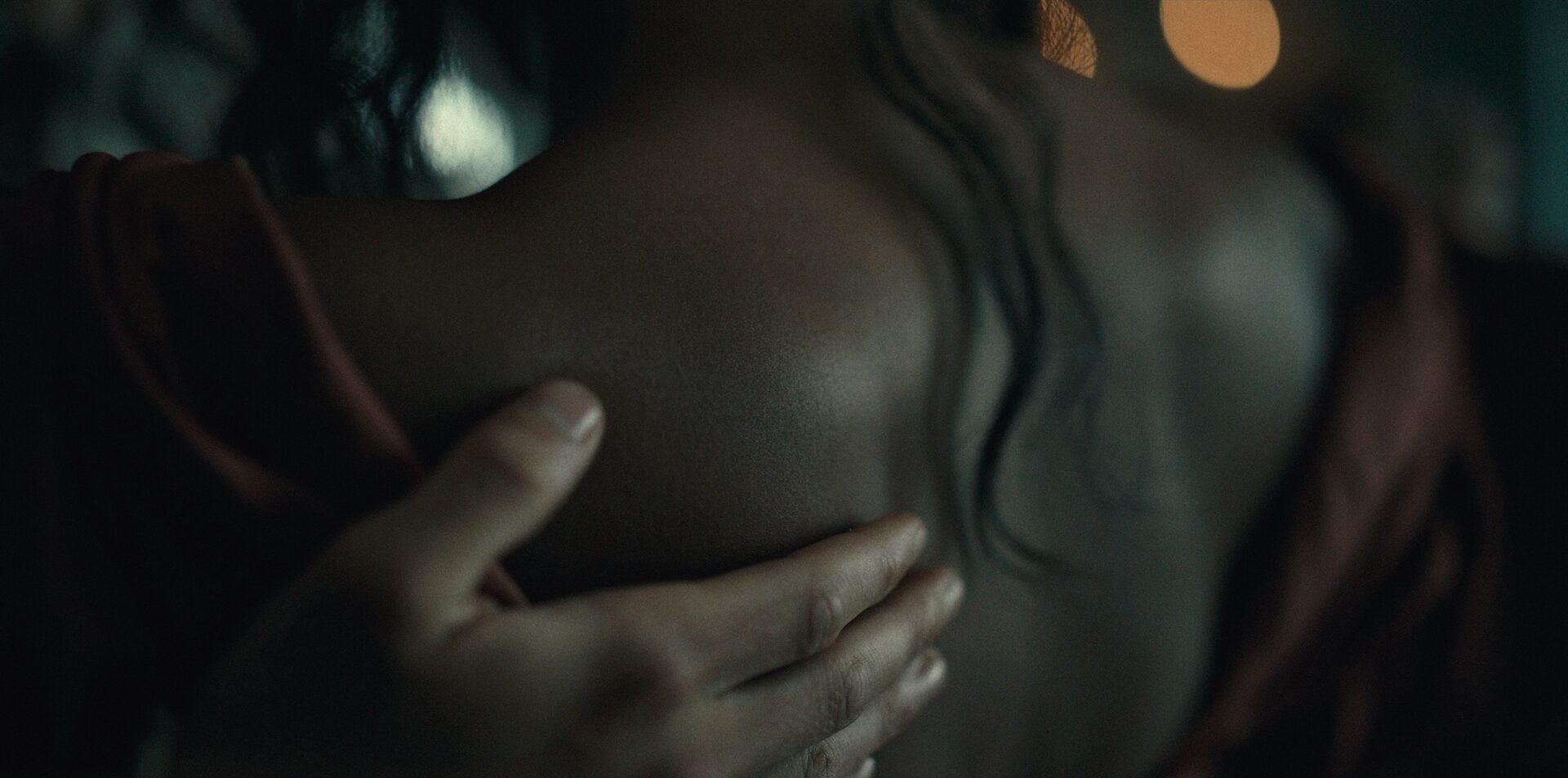
“It's a weird one how we started because I kind of inherited you” Dan laughs to Toby, referring to their work on Great Expectations. “I was meant to be doing block two and then I ended up doing block one as well.”
This was Dan’s first time working with Toby and his first HDR primary, so there was some apprehension. “We didn't have any on-set HDR workflow at all,” Dan remembers, “and I wasn't reviewing HDR. Everything was SDR based, and I was making decisions based off that, so when I actually got to the grade, I was probably a bit nervous.” Luckily Toby’s experience working in HDR meant he was able to reassure Dan.
“The look of the show lent itself to a more SDR aesthetic with a soft highlight roll-off because it was period,” adds Toby. “I think the beautiful thing about HDR is it's kind of more like reality. It's a little bit more visceral. The relationship between highlights and mid tones is more like the real world. But I don't think we were ever looking to make it look real. It was about creating a canvas for the story and for the time and place it unfolds in.”
Working in Dolby Vision with, in theory up to 10,000 nits, after the look dev they were only an extra one stop, peaking at ~ 200 nits, or 300 for some of the candle scenes. Still being very much grounded in that “filmic print curve”, having not used too much of the HDR space, meant monitoring SDR on set wasn’t problematic for Dan: “That little one stop stretch was fine. Toby showed me it, and that just appeased my worries, because not only did it still look filmic, but that extra stop of brightness made the shadows and everything feel more dense. The series sits quite low - there's lots of shadows, there's lots of night scenes - so having that extra stop of brightness made the blacks and the shadows extra punchy. There was more there. Having that extra stop or so in the top-end perceptually made the blacks and shadows feel really rich."
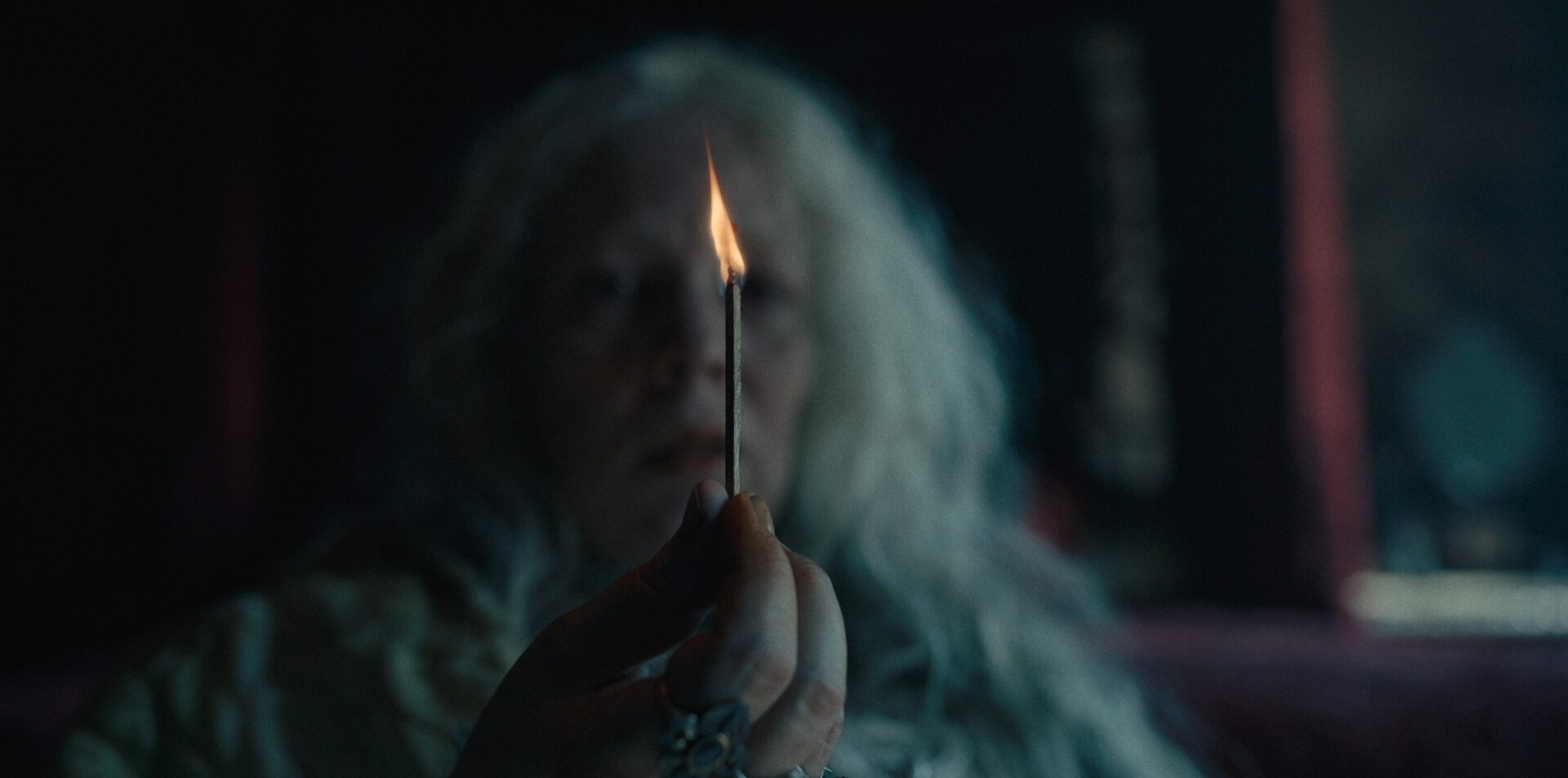
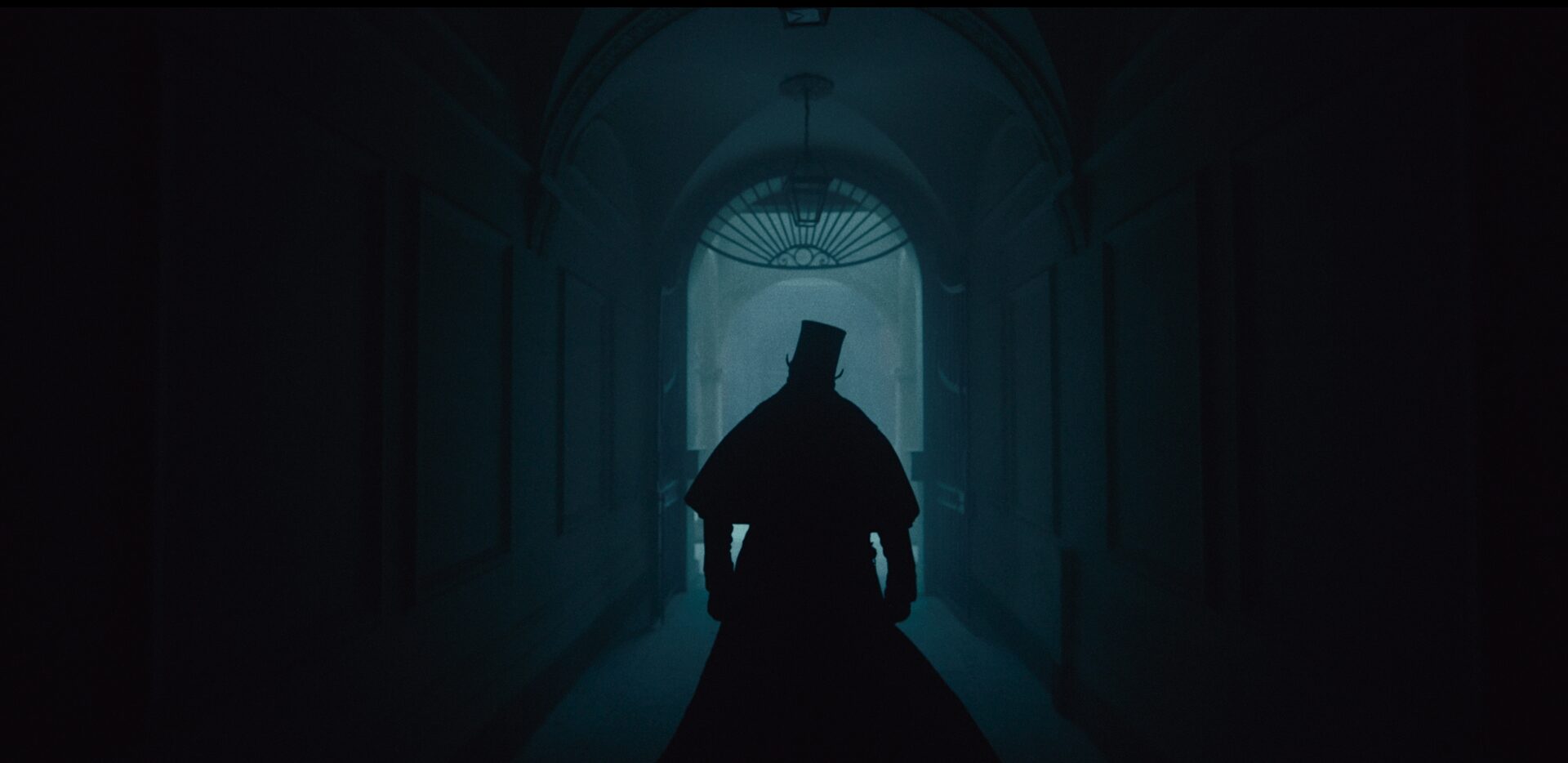

As well as adding depth to the shadows, Toby was keen to point out it meant they could be a bit softer in the mid tones for the daylight scenes: “We could have a softer mid tone contrast, but it never felt flat because when you had the speculars, they would punch through any sort of haziness, especially in Miss Havisham's house, where there was a sort of smokiness to it. Having those little pings of highlights with that little bit of extra latitude that just kept the texture of the image there without it feeling mushy.”
Having been through the process for the first time with Toby and initially feeling quite skeptical, Dan admits he struggles to go back to SDR: “The HDR grade on Great Expectations just looks so, so nice. And actually, since, I’ve struggled to go back to SDR grading because of what Toby achieved with that. It's really nice beautiful work. And as my first experience of an HDR primary grade, it was enlightening.”
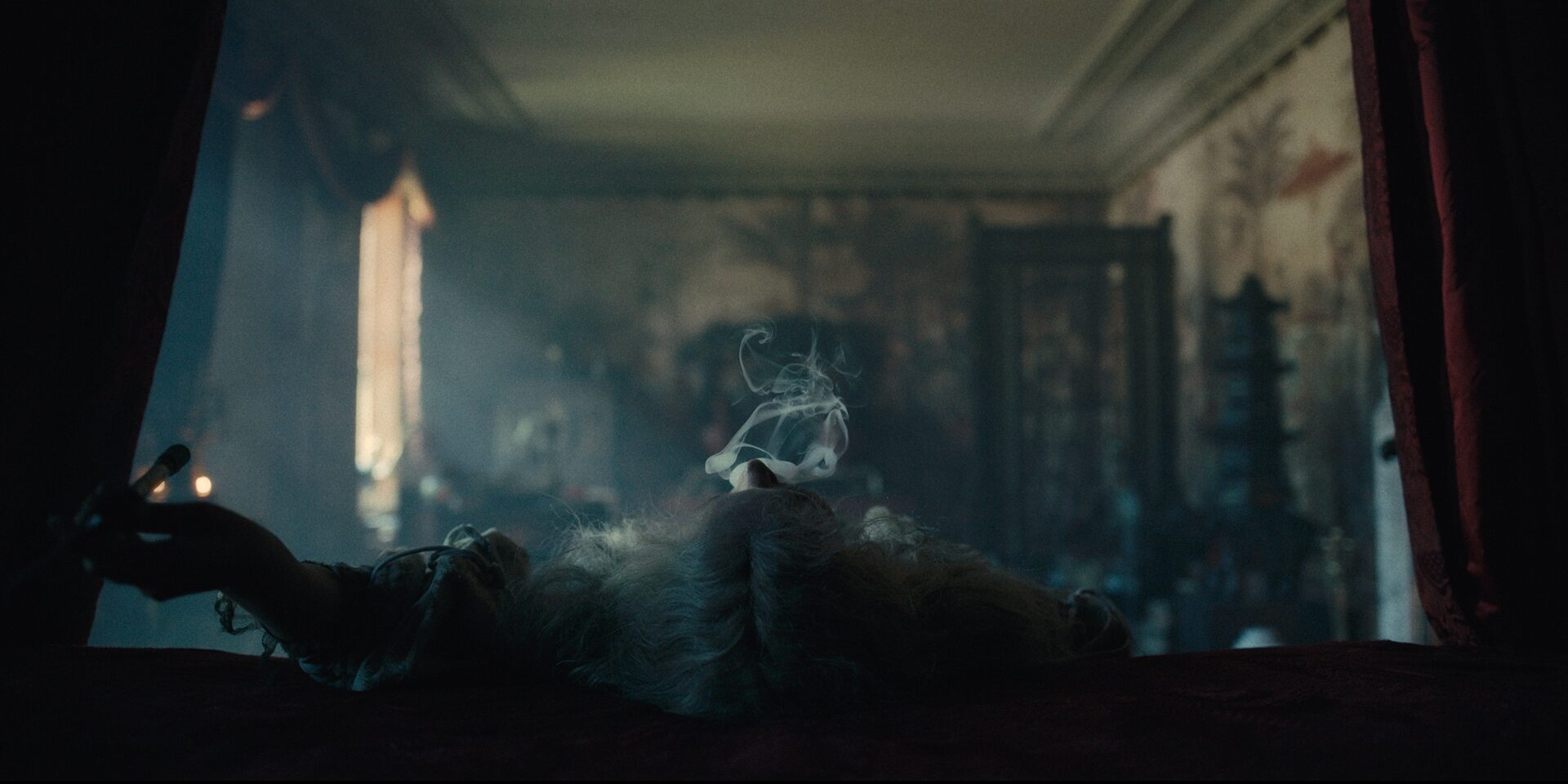

For Toby, and colorists at large, it's a source of frustration when cinematographers see HDR for the first time in the grade, particularly when there are practicals in shot, servers in front of bars full of shiny glasses, or an actor in front of a particularly bright window: “The SDR curve will compress those highlights and you get a nice soft highlight when it blows out, but HDR doesn’t really blow out nicely by default, it just gets brighter. So, you can hide lights outside windows and blow them out in SDR and it’ll look good on the SDR LUT, then you bring it into the HDR grade, all of a sudden you see all of that highlight detail.”
Authenticity: Finding Beauty in What's There
Their strong working relationship largely comes down to a shared taste and desire to get it right in the primaries. They point to authenticity as being a shared value; “I think we both have a low threshold for something that's artificial or feels manipulated” says Dan. Toby smiles. “Dan’s wise beyond his years when it comes to that approach. Forcing yourself to do more with the basic tools will always interfere with image authenticity less, because the broader adjustments are more natural.” Dan adds, “Color grading can fall into that trap of trying to fix it after. And sometimes that does happen to us, but one of us will always catch the other and say let’s not do that because it’s starting to look a bit false! I think that’s important.” Toby explains that often DPs will have regrets about how they shot something and will ask him to fix or change aspects, and though that is possible, he suggests “it’s about finding the beauty in what's there, rather than creating a beauty that was never there.”
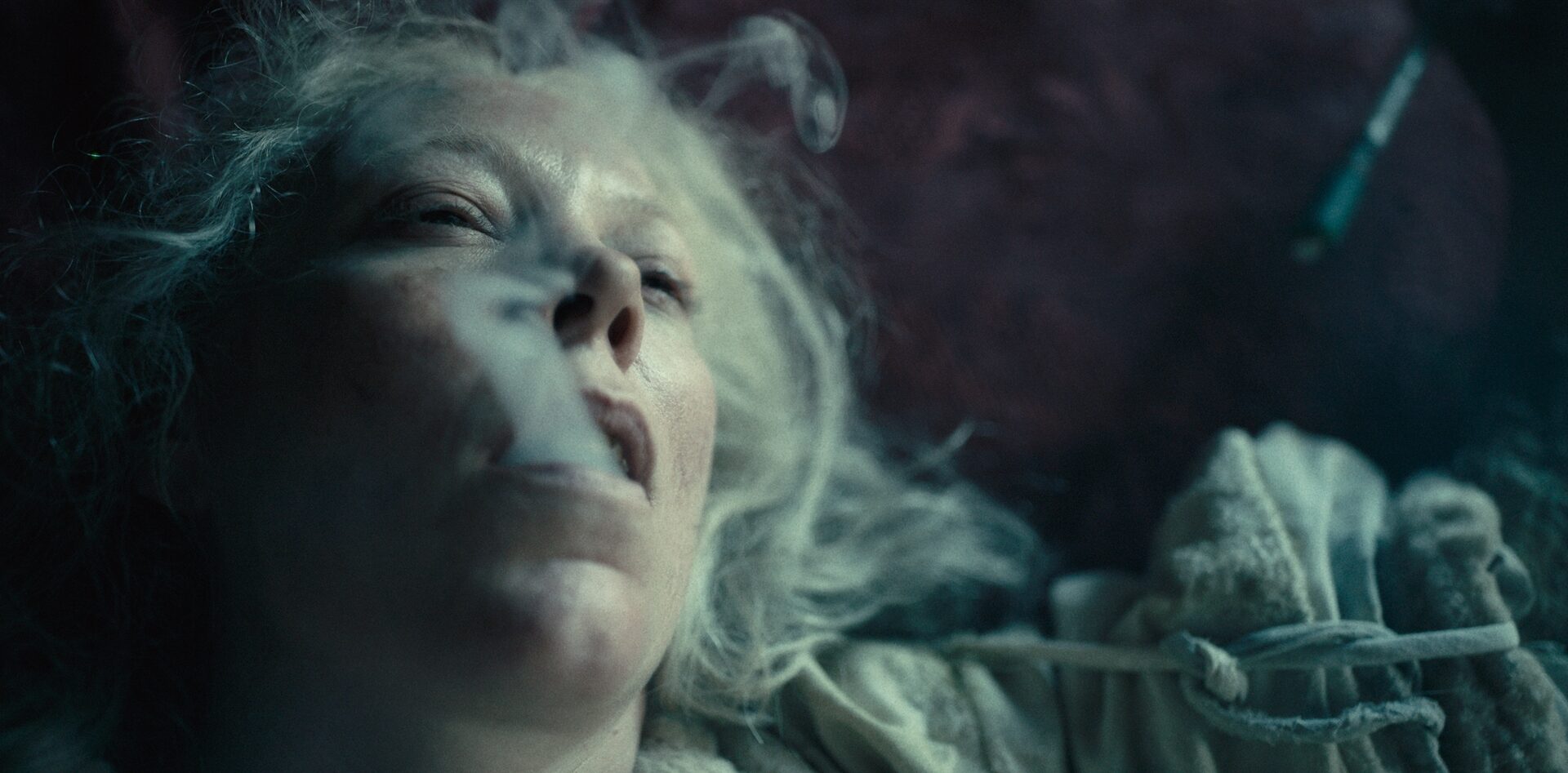
Great Expectations
Talk turns to Great Expectations, the drama they worked on last year staring Olivia Coleman, and the positive experience of having studio execs that were supportive of the vision and very much on board with the overall darkness of the image - which makes sense given the previous shows under their belt include Tom Hardy drama Taboo. Dan tells me this darkness was inherent in Steven Knight’s script: “sometimes you’d read half a page worth of atmosphere and darkness description. That's what FX and the execs at Hardy Baker bought into. Steven had written dark, I had lit dark and Toby graded it dark. They were quite happy to be quite daring with it. I feel very lucky to have had the support of the execs for that.” Toby agrees: “Grading those dark scenes, I was thinking ‘we’re not gonna get away with this!’ and then they’d come back with very minimal comments, and lots of praise too.” The pair remember that while grading the first episode they were hesitant, but as the episodes rolled on they became comfortable going to those places and really leaning into it. By episode three – the episode recognized at the ASC, BSC and HPA awards – they felt the look had really harmonized. “Episode three best encapsulates 'the artistic vision,'" affirms Dan.
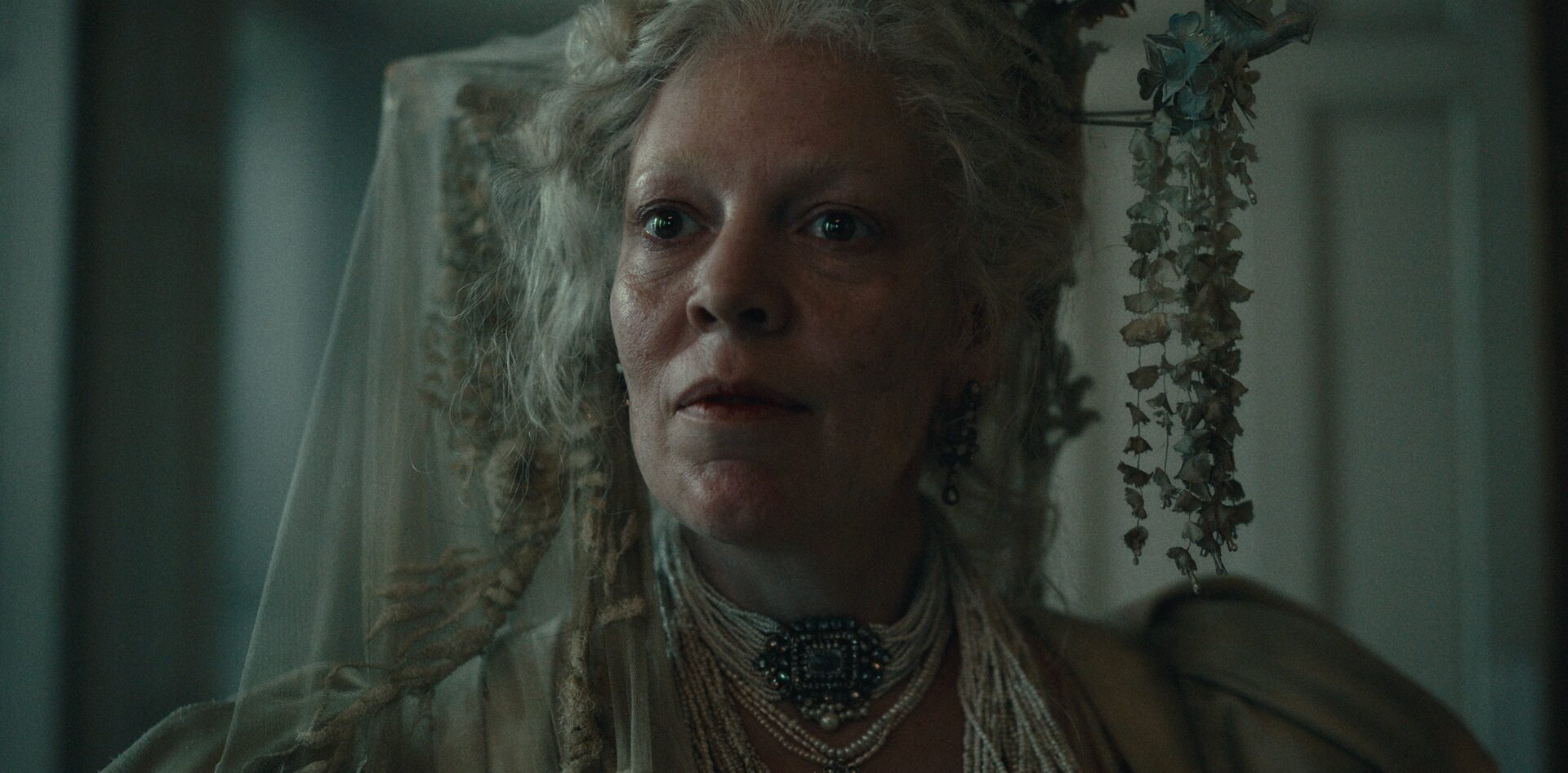
With period lighting, Dan tells me, there are two main sources of light: daylight and candles. And a common technique is to push hard light through windows to create shafts of light, but Dan says that’s something they never wanted to do. They wanted softer lighting that quickly fell off into darkness to give a more contemporary feel. Favoring a simple and subtle approach, Dan used the two sources of light to shift between worlds and aid the storytelling - warmer candle light was used as the prominent source of light for Pip’s village scenes, and colder daylight was used more for the London scenes. This approach allowed Toby to group the grades into worlds that needed different treatment – Pip’s village/home, London, and Miss Haversham’s house – and after that, each was broken down into candle light or daylight. These acted as great reference points and aided the consistency.
Additionally, textural work in the grade added to the ghostly, decaying feel of Miss Haversham’s house. “Toby introduced me to the word chartreuse,” says Dan, “I think the color on screen translates quite well to something that's decaying. Hopefully the audience can feel this subtly.” Toby chimes in at this point with one of his favorite mottos: “I always say this cheesy thing, but it’s true – it should be felt, not noticed.” With subtle nuances needed, Toby was inspired by Peter Doyle’s work with Bruno Delbonnel, and made the decision to channel mix - rebuilding color channels from others to create unique color spaces for each base look. This didn’t come without compromises, and still involved finding workarounds to ensure there was a harmony between the amount of color mixing and broader adjustments to compensate for things like skin tones in order to retain a bit of life and humanity in Miss Haversham.


The show was directed by Brady Hood – a long-time friend and collaborator of Dan’s; “we’re like high school sweethearts,” he tells me. I ask him how important these close relationships are when it comes to creativity. “It’s incredibly important because of the pace at which we have to work. I like working with people that I know so all the figuring each other out is done. I need a colorist that I’ve spent a lot of time with so when I’m on set and they’re grading, they already understand my sensibilities. And Toby’s one of them now for sure. This applies to everyone – gaffer, director, everyone. I’d love more time to build new relationships but everything’s so fast now, there’s no time.” This is the first time Dan and Toby have worked together and I ask how this worked so well. “I had a big break in between my schedule,” says Dan. “The grade, for once in my life, fitted nicely in between two productions, so I could sit down with Toby. We did some pre grade tests before we even got the execs and everyone into the room, so we figured each other out by that point.”
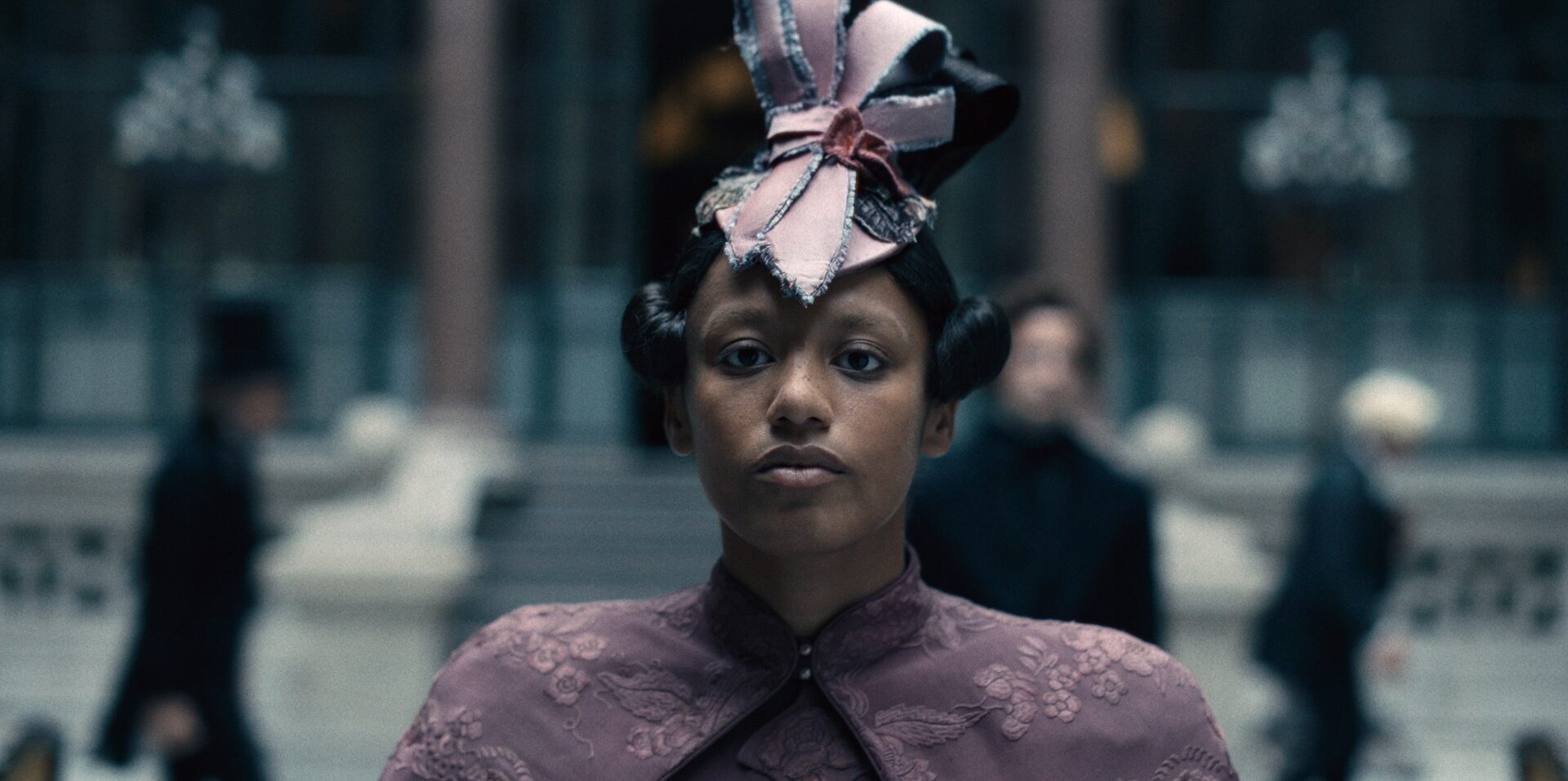
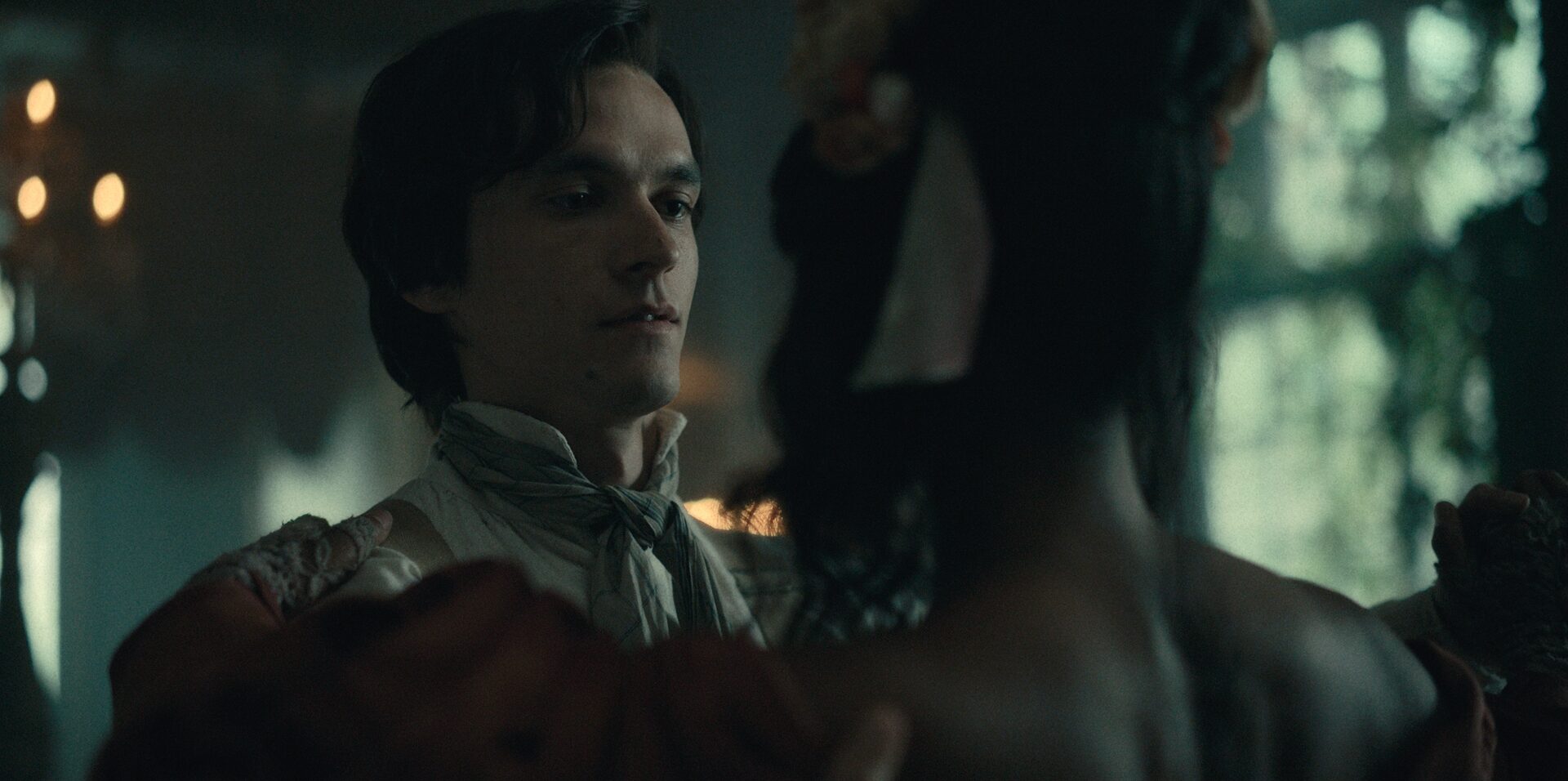
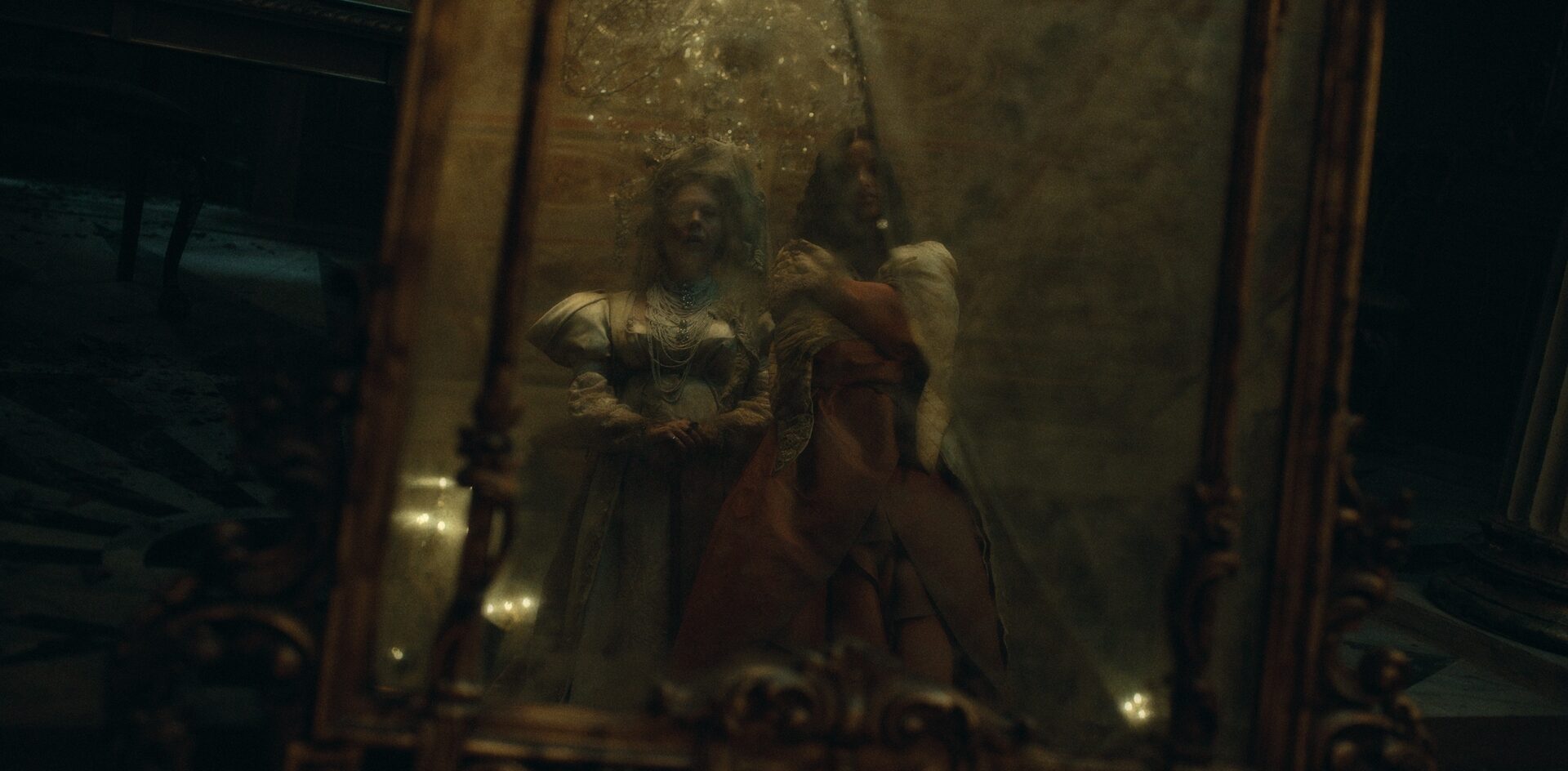
Being trusted by Brady, Dan was able to work closely with Toby to find the look and interpret Brady’s feedback, which always came from a place of narrative and character. “There’s a safe space, where Brady and I – and now Toby – can challenge each other and either develop the idea or it doesn’t survive. It feels like a safe space for collaboration where we can say anything without offending each other.” With projects already having so many variables, Dan believes that having a familiar team allows for quicker and more efficient exploration of ideas. “Sometimes with these collaborations it feels like we only scratch the surface of what’s possible with each other, and there’s more layers to come, so that on the next project we can further what we did on the last project, right our wrongs and make better decisions.” He points to Hollywood as an example; “You see it with some of the most successful filmmakers who have long relationships because they’re building on a process.” Working like this, of course, puts those without established connections at a disadvantage, but both Dan and Toby challenge this to say that new collaborations do happen naturally because schedules don’t always work out and new relationships are established eventually – and this collaboration is a great example. “It was great working with Harbor, and getting to meet the team in L.A. was awesome too. Start of a long collaboration!” Dan pauses. “And Farringdon is closer to my house, so... there’s that.”
Back in the reception area, I leave them chatting away, just as I found them. They’re heading off for some lunch, no doubt to continue exchanging tales of people and projects – while I’m off to binge Great Expectations again.
Images courtesy of FX, BBC.

